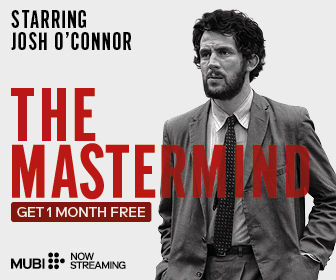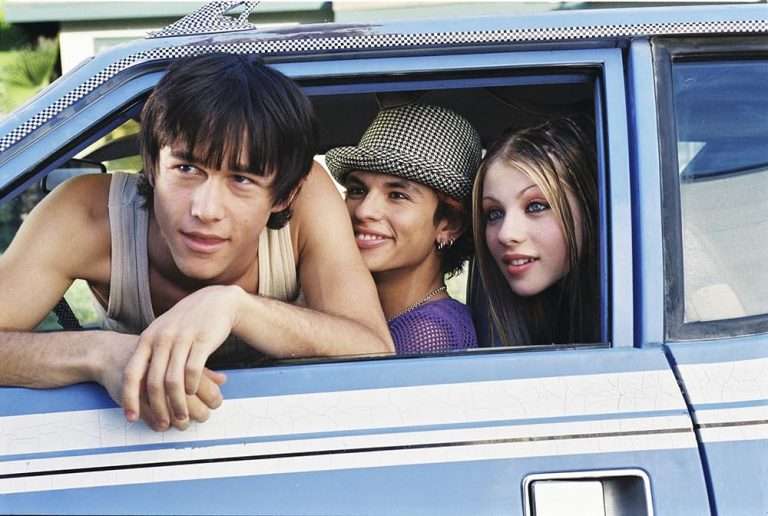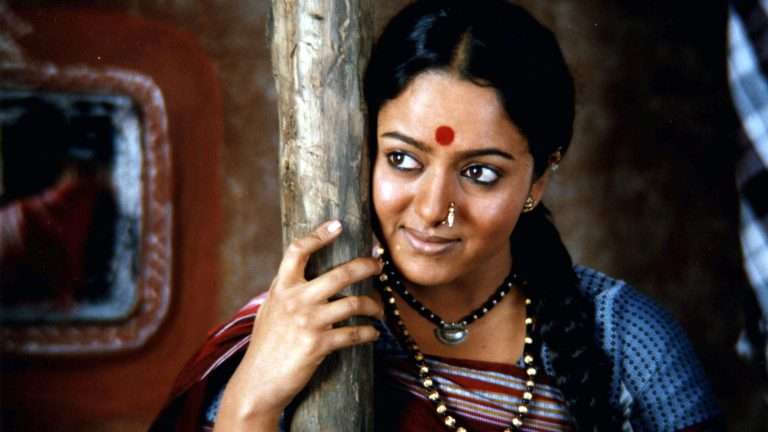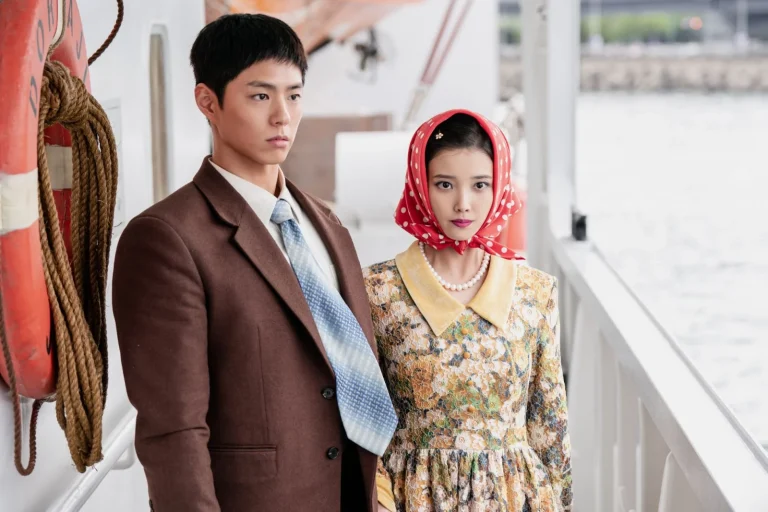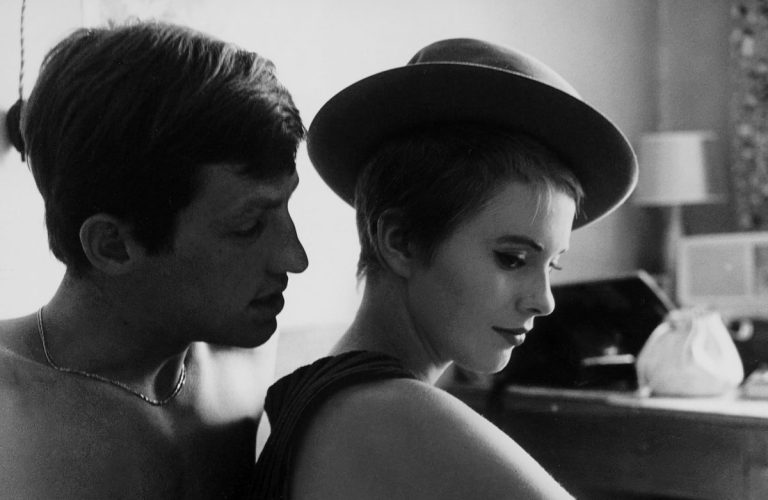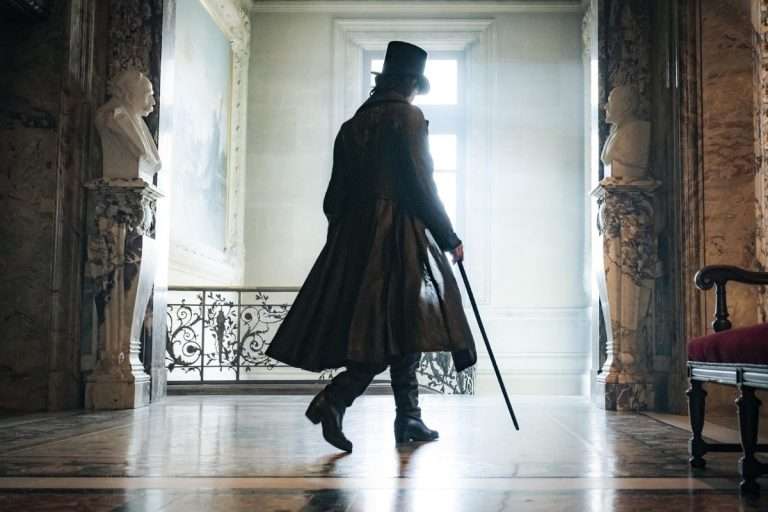What was once the hallmark of Indian cinematic realism is now informing a new visual vocabulary in the digital era. Parallel Cinema, born of political necessity and quiet resistance, has discovered an unexpected afterlife on Gen Z mood boards. Its color palette, the blood reds of Ghatak, the silences of Mani Kaul’s philosophy, the textured interiors of Indian rural drama, was ripped from celluloid and sewn into Instagram grids, indie music videos, student films, thrift-store fashion shoots, and experimental short films. And yet, this reboot isn’t forced homage or heritage cosplay. It’s fluid, intuitive, and creatively outrageous. In a world that feels pixelated and empty, the grit, grain, and earthiness of parallel cinema provide an emotional texture that today’s young creatives yearn for. It’s not nostalgia; it’s a remix and reclamation of mood, memory, and meaning, through cracked lenses and twenty-something angst.
Gen Z is, simply put, the generation of remix; brought up on the web, literate in the languages of vision. Always crafting their own selves through mood boards and reels, they’ve honed an acute sense of aesthetic truth. Amidst a world drowning in shiny filters and neural network-perfected imagery, the raw, analogue quality of Parallel Cinema cuts through.
The proliferation of so-called “cinemacore” aesthetic on Instagram, TikTok, and Pinterest heralds something deeper than visual taste; it signals a generation’s need for feeling. Cinemacore is not slow motion and moody color palettes; it’s the rejection of speed. In an era where a meme or a marketing campaign is engineered to be immediately consumable, this aesthetic luxuriates in slowness, quietness, and visual patience. It’s soft, grainy, unfiltered, on purpose imperfect, and that resonates with Gen Z, not because it looks old, but because it feels real.
Social media, today, works more as a community mood board, a space to curate longing, memory, and identity. Gen Z is not simply nostalgic for retro cool or vintage looks. They’re returning to earlier cultural moments to excavate emotionally resonant textures. Parallel Cinema, with its long takes, minimal dialogue, raw lighting, and socio-political undertones, offers just that. It does not scream for attention. It lingers and invites you to remain with discomfort, to listen to stillness, to observe characters instead of merely watching them.
On Instagram, entire pages are serving as mini archives of subcontinental tastes, with grids that look more like digital mood boards than individual timelines. You’ll scroll through a thrifted cotton sari editorial and then suddenly be on a carefully colour-matched still from “Maya Darpan,” followed by a Gen Z caption written in the style of a diary entry imbued with poetry. What’s remarkable is how easily these photographs coexist side by side. There is no distinction between a 1974 still and a 2024 photoshoot; the grain, the colours, the emotion, all bleed into one long stream of cultural heritage.
At the same time, in film schools around India, in institutions such as FTII, SRFTI, or even in small workshops in Bangalore and Delhi, student filmmakers are making shorts that don’t copy Parallel Cinema; they digest it. A scene in a co-op café might borrow the same visual tropes as “Manthan”: the symmetry of bodies arguing, the dusty yellows of community interiors, the clatter of plates and spoons as ambient noise. The political tends to be localised and abstracted – a flatmate fight as a substitution for a class divide, a tea stall as the contemporary panchayat. These aren’t aesthetic decisions made for effect – they’re efforts to create emotional texture, using the visual past to tell present-tense narratives. In a way, the kids aren’t just watching Parallel Cinema; they’re living within its visual vocabulary.
In indie music videos emerging from India’s independent music scene, the visual choices are deliberate acts of visual storytelling, heavily influenced by the lexicon of the same. One has only to glance at the music videos of acts such as Ditty, Lifafa, or newer bands like Second Sight to see the influence. In Ditty’s “Garden”, to take one example, the camera glides at a leisurely pace across dilapidated architecture, overgrown gardens, and cramped balconies. There is no sweeping narrative arc, no over-stylised production; there is only atmosphere. The video recalls Ankur’s arid rural landscapes and interior spaces that are imbued with muted tension.
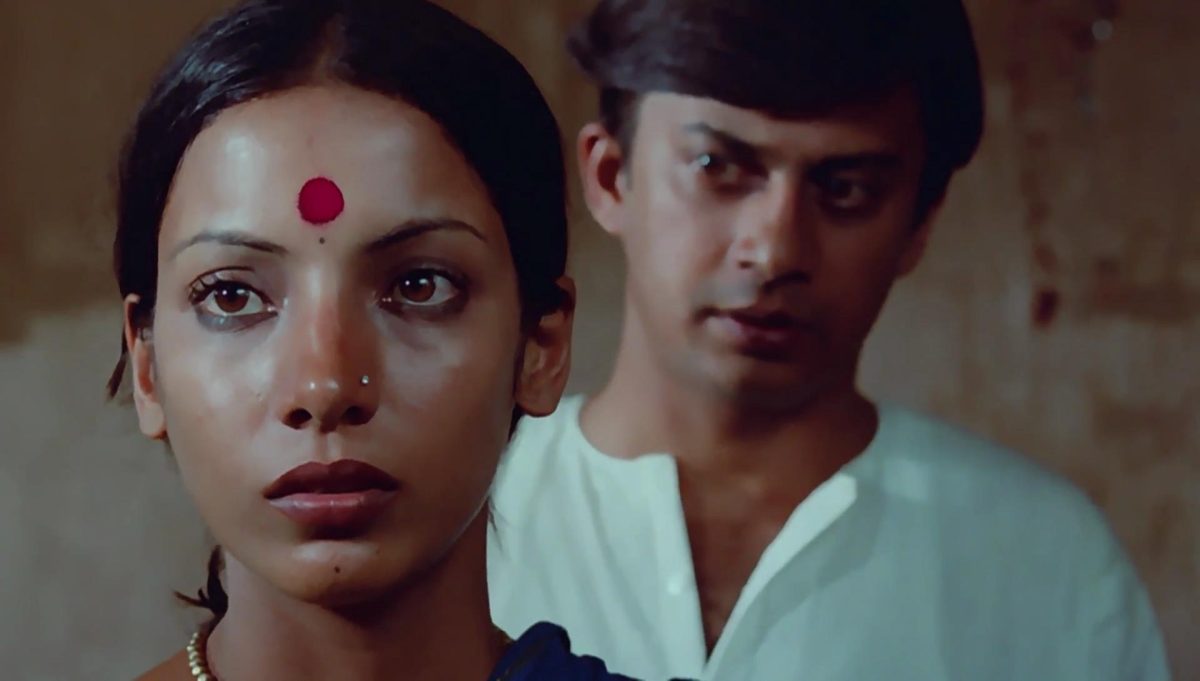
Equally, in Lifafa’s videos, “Jaago” and “Nikamma”, there’s a definite tribute to the gritty dreaminess of “Nishant.” With golden colour grading, hand-held shots that look like they’ve been done on a rickety bus, and costume design that involves loose, un-ironed cottons and homespun drapes, these videos blur the line between memory and contemporaneity. They make domestic, everyday space – courtyards, terraces, roadside dhabas – into spaces of meaning. These aren’t aesthetic spaces; these are tension spaces, thinking spaces, contradiction spaces. Women stand in doorways in silence. Children move through in a blur of golden-hour light. The camera lingers too long on something – a kettle, a puddle, a torn bedsheet – as if holding its breath for something to erupt.
What’s most interesting is that these visual decisions are being used not to repeat the same stories, but to tell something entirely different. The indie sensibility is inclined toward stories of dislocation, sadness, urban burnout, and queer desire. But rather than a slick, commercial music video aesthetic, these filmmakers borrow from the raw, earthy aesthetic of the 70s and 80s to add texture and gravity to their stories.
In most of these songs, the rural is not a site of deficiency or backwardness but a site of introspection, at times rebellion. It’s not about replicating “Ankur” or “Nishant” beat for beat; it’s about appropriating their visual politics and re-deploying them in the idiom of the present. Even the sound design appropriates the ethos of independent cinema, natural ambient sound, unscored silences, or traditional instruments given the space to breathe and expand. This is not mere stylistic borrowing. It’s a quiet and considered revolution in aesthetics.
Deeper in the creases of this visual rebirth is a strange and peculiar fact: a great many of the movies that are shaping Gen Z’s visual world were, in their time, not widely viewed. Directors like Govind Nihalani and Goutam Ghose, whose movies linger on the periphery of even specialist cinephile consciousness, are now appearing in mood boards, lo-fi montages, and experimental shorts made by twenty-somethings who may not have even watched the whole of “Party” or “Dakhal.” It doesn’t matter. The problem is not one of consumption, it is one of communion. Nihalani’s spare, almost confrontational framing in movies like “Aakrosh” and “Tamas,” in which shadows are not just lighting effects but statements of erasure and trauma, has migrated into reels that chart urban desolation, mental illness, and inherited anxiety.
In the same way, Ghose’s brooding, sound-drenched frames, usually revolving around the discord of nature and displacement, have prompted a new generation of young filmmakers and photographers to photograph marshlands, railway lines, and half-built apartment corridors in the evening. They might not be aware of the original context, but they’re instinctively catching the visual tension – the feeling that something is off, that beauty is fissured by unrest. This new generation isn’t interested in historical reality or academic respect. It desexualizes the politics from their overt frameworks and reconfigures them into mood, into visual tone, into vibes. Gen Z doesn’t have to name-drop Ghose to inherit his language – they’re already using it in 15-second videos, in thrifted fashion, in playlists called “monsoon cigarettes and class warfare”.
This is not revivalism. It’s a reincarnation.

